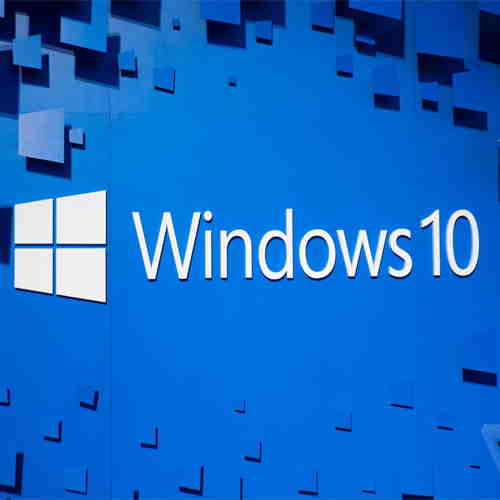Breaking News

Global PC shipments rose 8.4% year-over-year in the second quarter of 2025, marking the highest growth since the pandemic-driven peak in 2022, according to preliminary estimates from Counterpoint Research. The uptick was fueled by accelerated enterprise upgrades ahead of the Windows 10 sunset, increased adoption of AI-powered PCs, and strong commercial demand—particularly from large organizations frontloading purchases to avoid potential supply disruptions linked to looming U.S. tariff changes.
Lenovo, Apple, and Asus each recorded double-digit shipment growth during the quarter, outperforming rivals and tightening their hold on global market share. Lenovo retained its top position, commanding around 25% of total shipments, aided by pre-tariff inventory moves, AI PC adoption, and the ongoing operating system refresh cycle.
HP and Dell followed in the rankings, maintaining a stable presence in the commercial segment, although both faced intensified competition from aggressively priced offerings by smaller OEMs. Apple’s momentum was buoyed by continued demand for its refreshed MacBook line powered by the M4 series, though its growth moderated compared to earlier quarters.
Lenovo, Apple, and Asus each recorded double-digit shipment growth during the quarter, outperforming rivals and tightening their hold on global market share. Lenovo retained its top position, commanding around 25% of total shipments, aided by pre-tariff inventory moves, AI PC adoption, and the ongoing operating system refresh cycle.
HP and Dell followed in the rankings, maintaining a stable presence in the commercial segment, although both faced intensified competition from aggressively priced offerings by smaller OEMs. Apple’s momentum was buoyed by continued demand for its refreshed MacBook line powered by the M4 series, though its growth moderated compared to earlier quarters.
Enterprise Upgrades Drive Gains
Enterprise spending emerged as the primary growth engine for the quarter, as public institutions and corporations accelerated procurement plans ahead of Microsoft’s official end of support for Windows 10 in late 2025. The consumer market presented a more uneven picture, with solid demand for mid-range notebooks partially offset by sluggish premium ultrathin sales in mature regions.
The broader market, however, remains cautious. "Due to the U.S. tariff-related uncertainty, PC shipments will likely weaken YoY starting from H2 2025," said Minsoo Kang, Senior Analyst at Counterpoint Research. "However, demand for AI PCs is expected to become a significant tailwind in 2026. We expect more than half of the laptops shipped in 2026 onward to be AI-powered."
Manufacturing Risks Concentrated in China
Despite strong quarterly numbers, structural risks loom large. The PC manufacturing sector continues to be heavily concentrated in China, exposing vendors to evolving U.S. trade policies. While a temporary suspension of tariffs on laptops offered brief relief, fresh duties on semiconductors and other tech products are expected to take effect in the coming months.
This has prompted many original design manufacturers (ODMs) and electronics manufacturing services (EMS) providers to diversify production away from China. Countries like Vietnam, India, and Mexico are being eyed as alternative manufacturing hubs, although these locations bring their own challenges, including infrastructure limitations and varied tariff frameworks.
"The U.S. market remains the most important for AI PCs," said David Naranjo, Associate Director at Counterpoint Research. "But the tariff policy roller coaster is likely to cause consumers and enterprises to pause their AI PC purchases in 2025, which will suppress growth in this segment. The lingering global economic uncertainty also poses a downside risk to our 2025 PC shipment forecast of low-single-digit YoY growth."
Long-Term Strategy: Diversification and Resilience
For global PC vendors, ensuring a resilient and cost-effective supply chain for U.S.-bound products has become critical. Moving manufacturing out of China is not just a matter of avoiding tariffs—it’s part of a larger effort to de-risk operations and build supply chain resilience in an increasingly unpredictable geopolitical climate.
This shift, however, requires substantial investment in infrastructure, workforce training, and logistics. Still, the transition to regional hubs outside China is gathering momentum, as vendors prepare for a future where AI PCs will likely dominate the next refresh cycle.
With AI laptops expected to reach mainstream adoption by 2026, vendors that invest early in ecosystem readiness and competitive pricing will be well-positioned to lead the next wave of PC innovation. Yet, as trade tensions and economic volatility persist, adaptability and strategic foresight will be essential for navigating what lies ahead.
See What’s Next in Tech With the Fast Forward Newsletter
Tweets From @varindiamag
Nothing to see here - yet
When they Tweet, their Tweets will show up here.




























